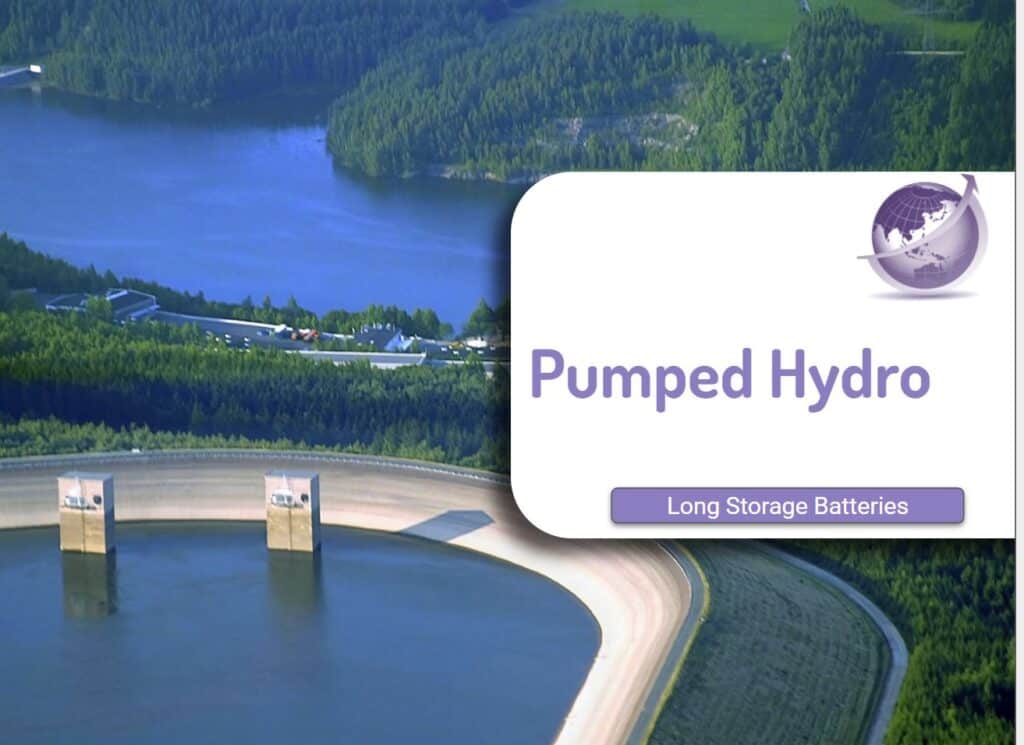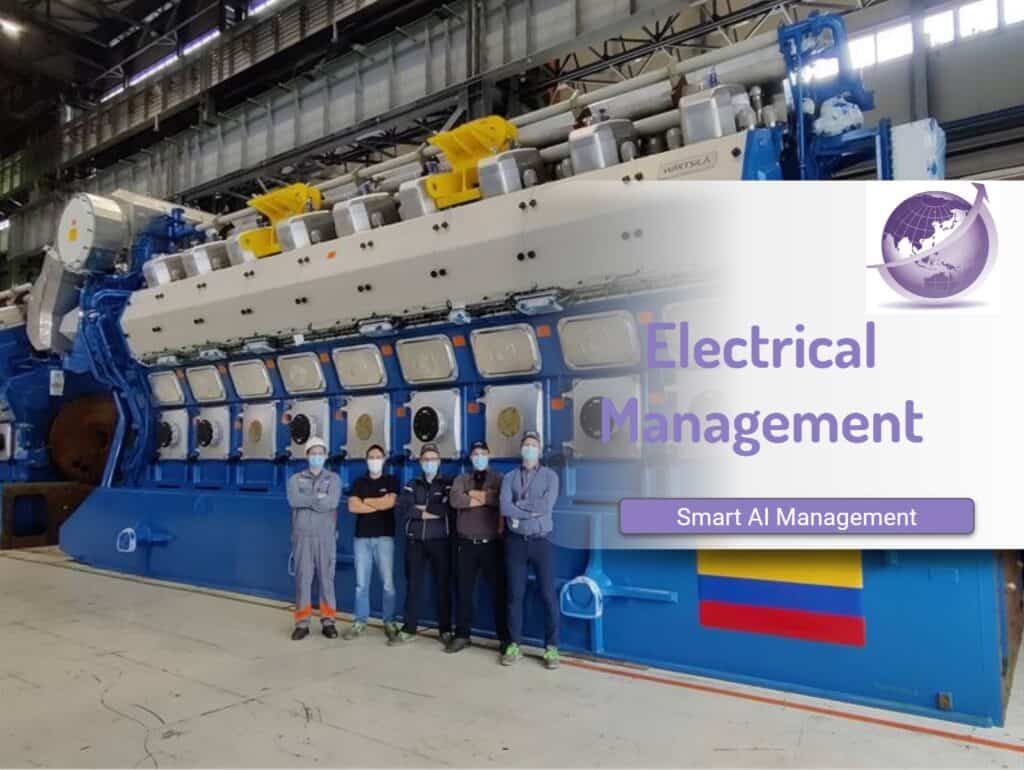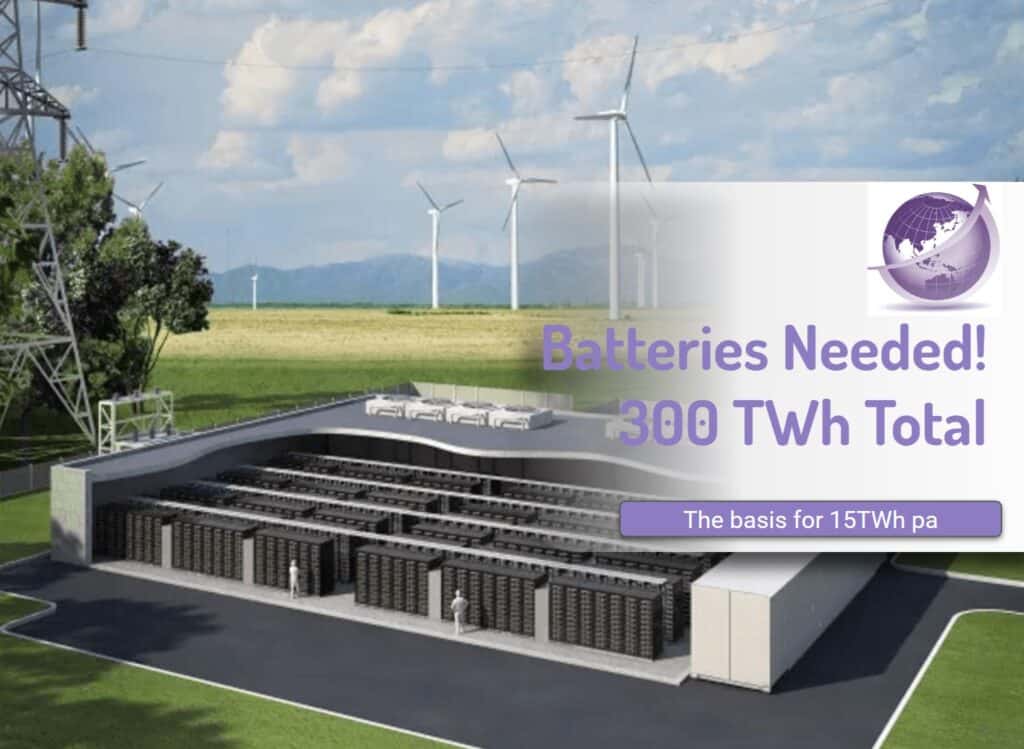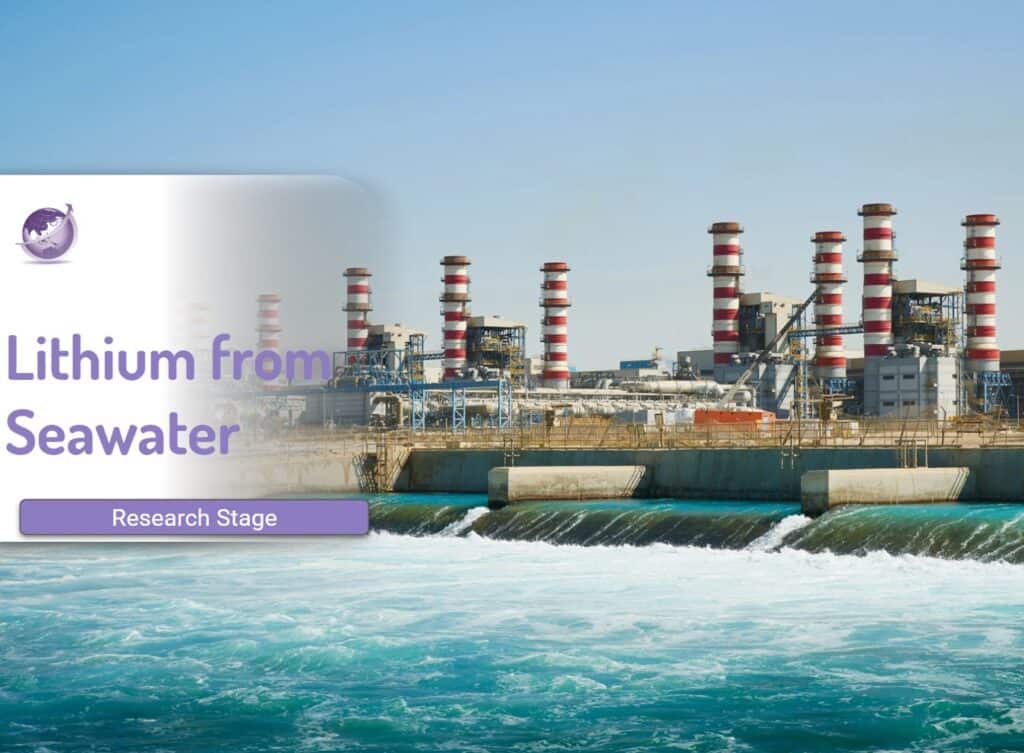Sodium-ion battery launched in China is a big deal. While daily PR releases report alternatives to Lithium-ion batteries, none are at full market readiness. Sodium is much cheaper than lithium. Most expect major price drops with sodium-ion batteries in EV cars. The first car with a sodium-ion battery is available. With multiple lithium Battery Improvements, particularly with LFP batteries, the race will be interesting!
“The first generation of mass-produced sodium-ion batteries has been installed in a production electric car for the first time. The model is part of VW’s joint venture Sehold brand in China and can cover 157 miles on a charge with the Na-ion battery that is much cheaper and safer than its lithium counterparts
Notebook Check
Latest News
Northvolt, a Swedish manufacturer with battery plants in USA, announced Nov 2023 they were rapidly expanding sodium ion now they had achieved 160kWh/kg capacity. At that density, grid storage is their focus. Northvolt’s first generation of sodium-ion cell is designed primarily for energy storage, with subsequent generations delivering higher energy density opening opportunities to enable cost-efficient electric mobility solutions. It represents an ideal complement to Northvolt’s product portfolio consisting of premium lithium-ion battery cells tailored for automotive customers, and energy-dense lithium-metal battery technology under development for aviation and high-performance vehicles at Cuberg, a Northvolt company based in San Leandro, USA.
Rapid Manufacturing Expansion
- By end 2023, Benchmark Materials reports 10.4 GWh capacity
- By 2024, 63GWh
- By 2027 over 150GW (NextBigFuture – Brian Wang).
- Second generation price could reach $40 per kWh.
These figures need to be viewed with caution as 67% of this is from newer battery companies who are ranked as Tier 2 or 3 sodium-ion cell producers. They are less reliable for hitting production and utilization targets.
Sodium-Ion Battery Manufacturers
The world’s first mass production of sodium-ion batteries, developed by HiNa Battery, has reportedly begun with an initial 1 GWh capacity, scheduled to reach 3-5 GWh in 2024. HiNa says they focus on low-cost, long-life, high-safety and high-energy density Na-ion battery products. The potential applications cover low-speed electric vehicles.
- The car is a low speed, city based car
- Range 150 miles (250km)
- HiNa’s Na-ion cells have 145 Wh/kg energy density
- Good for 4,500 full charge-discharge cycles
Generation 2 of products is the company’s research focus.
- 200 Wh/kg energy density
- Double its charge cycles.
Energy density is one of the disadvantages of Na-ion batteries as sodium is quite a bit heavier than lithium, so they can’t really achieve Li-ion cell density.

Sodium Ion for Grid Storage
Australian solar thermal technology developer Vast Solar says it has put in an order for 13,500 sodium-ion batteries (50MW) to form part of its proposed solar and storage facility at the Queensland mining centre of Mt Isa. (Renew Economy). Vast Energy has focused on CSP with use of high-temperature salt batteries for a project in South Australia.
No Supply Constraints for Sodium Ion
Sodium ion doesn’t have practical material limits. There is no shortage of salt or soda ash. The United States has about 90% of the world’s readily mined reserves of soda ash. Wyoming has 47 billion tons of mineable soda ash in the Green River basin. There would be hundreds of TWh of power storage from each billion tons of soda ash.









